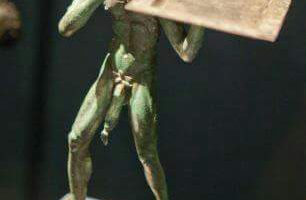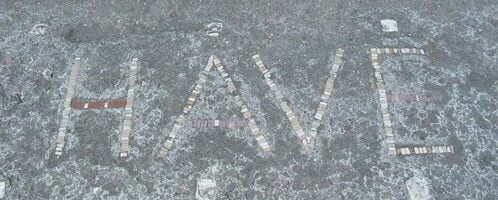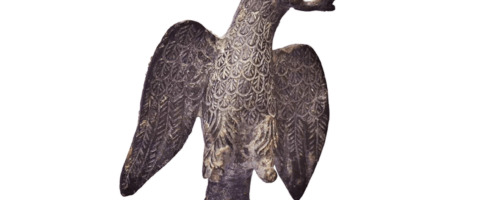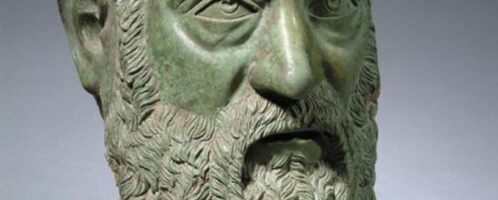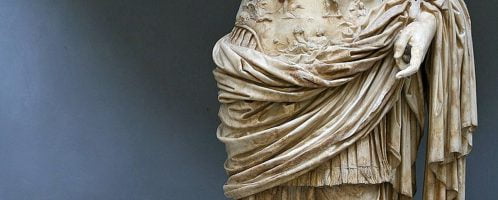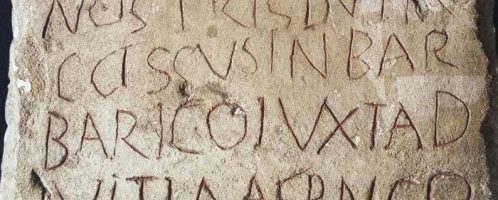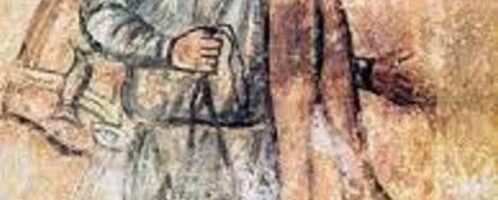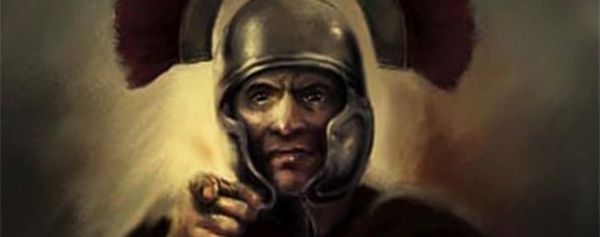If you have found a spelling error, please, notify us by selecting that text and pressing Ctrl+Enter.
Curiosities of ancient Rome (Artifact)
The world of ancient Romans abounded in a number of amazing curiosities and information. The source of knowledge about the life of the Romans are mainly works left to us by ancient writers or discoveries. The Romans left behind a lot of strange information and facts that are sometimes hard to believe.
Big pine cone in Rome
In the annex of the Vatican walls there is a giant pine cone (called Fontana della Pigna or simply Pigna), which once served as a fountain in Roman times.
Roman fibula in shape of fibula
Roman crossbow-shaped fibula made of gilded bronze. The object dates to the 4th century CE; dug at the remains of the imperial palace in Gamzigrad, in eastern Serbia.
Roman figurine showing eagle
Roman figurine showing eagle, made of bronze. The object is dated to II-III century CE. The item was found near Veliko Gradište, in eastern Serbia. It is suspected that it once could have been part of vexillum – the Roman military standard. Currently, it is located in the museum in Veliko Gradište.
Augustus of Prima Porta
The so-called statue of Augustus of Prima Porta stood in the private villa of Empress Livia in Prima Porta, near Rome. This is probably the posthumous appearance of the emperor, as evidenced by his bare feet – nudity symbolized the death of the depicted person, but the emperor fighting for the renewal of Roman customs was not decided to present in this form, especially shortly after his death. Instead, the pars pro toto principle was used – literally “part of the whole” – bare feet were supposed to symbolize the nakedness of the whole body.
Tombstone of Viatorinus
The tombstone of Viatorinus, a Roman soldier who died at the hands of Frank in a foreign land – near the ancient settlement of Divitia (near Gereonskloster; around Cologne in Germany).
Fresco showing slave carrying master’s trousers
Late Roman fresco showing a slave carrying master’s trousers. Object dated to around 375 CE. Fresco found in a tomb near the Roman city of Durostorum (now Silistra, Bulgaria).

